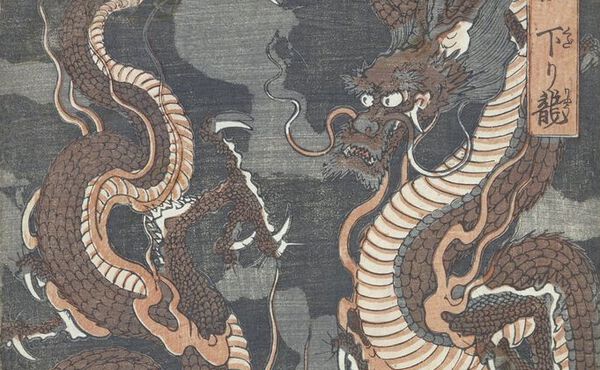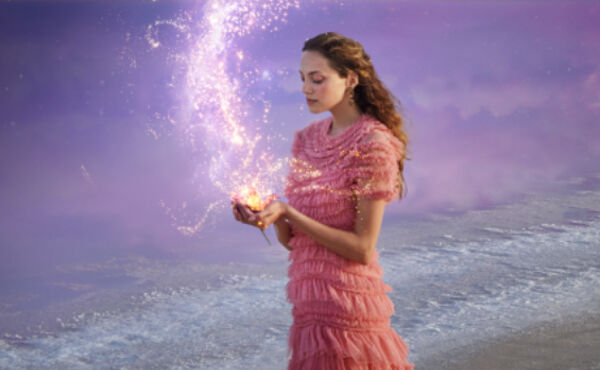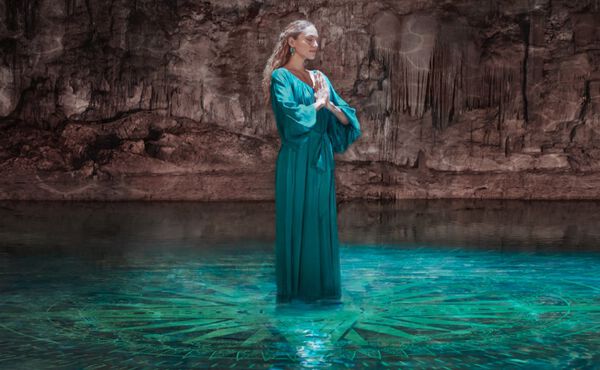Our winter limited edition collection is inspired by the ancient tales of Chinese imperial dragons, discover more about their symbolism and meaning.
Inspired by the ancient tales of Chinese imperial dragons and their mythical powers and strength, our new limited-edition collection – The Legend of the Dragon - is designed around the notion that we all carry an invisible power within ourselves. And once you realise this and you look inside yourself, you will ignite the strength to rekindle that inner fire and unleash your full potential.
Our new home and body products are infused with plum and cedar wood, and each product helps transform an everyday routine into a more meaningful experience, giving you the luxury of a moment to pause and reflect. Not to mention that the festive design will look beautiful in any home.
The idea for a dragon collection was inspired by a visit to the Rijksmuseum and the dragons featuring in Chinese art, so we called on the Curator of Chinese Art, Ching-Ling Wang to find out what dragons symbolise and how they can be an inspiration to us all.

When were dragons first featured in Chinese art?
“We believe that dragons in art date back to the Neolithic time (c. 4,700- 2,900 BC). There are jade objects from that period that have been excavated, you can see examples in the National Museum of China, and while we don’t know precisely what the function of the objects are because there are no words, the shapes are very similar to what we associate with the image of dragon now.
You can see some of the examples of dragons in art online at the Rijksmuseum here.
What are dragons?
“They are a mythical animal. In ancient Chinese texts, when describing the appearance of a dragon, it is the combination of different animals. The dragon has the eye of a rabbit, the horn of a deer, the mouth of an ox, the head of a camel, the claw of an eagle, the palm of a tiger, the scale of a fish and the body of a snake.”
Were dragons regarded good or evil?
“The dragon is thought of as the emperor of all animals, like the mythical phoenix is the king of all birds. In China, the dragon is not evil but auspicious unlike in Europe where dragons were regarded as evil.”
Why are dragons so popular in art?
“These auspicious dragons appeared when the rulers had good virtue and the world was at peace. And so, dragons have been very popular decorative patterns forever. Dragons are always appearing on emperor’s garments such as robes, on imperial porcelain ware and bronze examples.”
Do dragons have a purpose?
“Dragons are also worshipped as rain gods, associated with summoning clouds and rain.”
Why do so many find dragons so captivating?
“The Chinese believe these mythical creatures bring auspiciousness - luck, good fortune. In art, the dragon signifies ultimate power.”
Shop our new Winter Limited, The Legend of the Dragon here.







